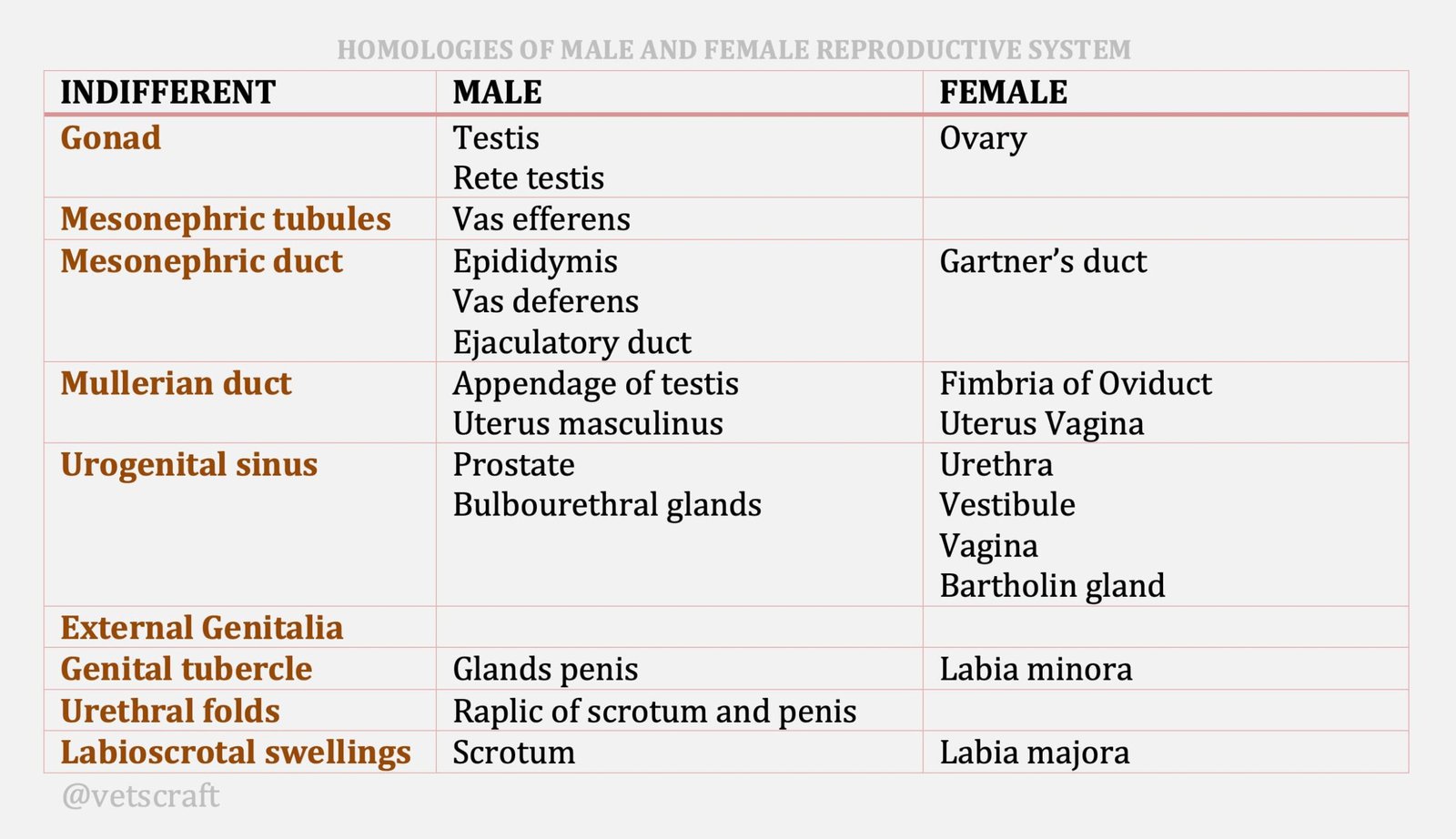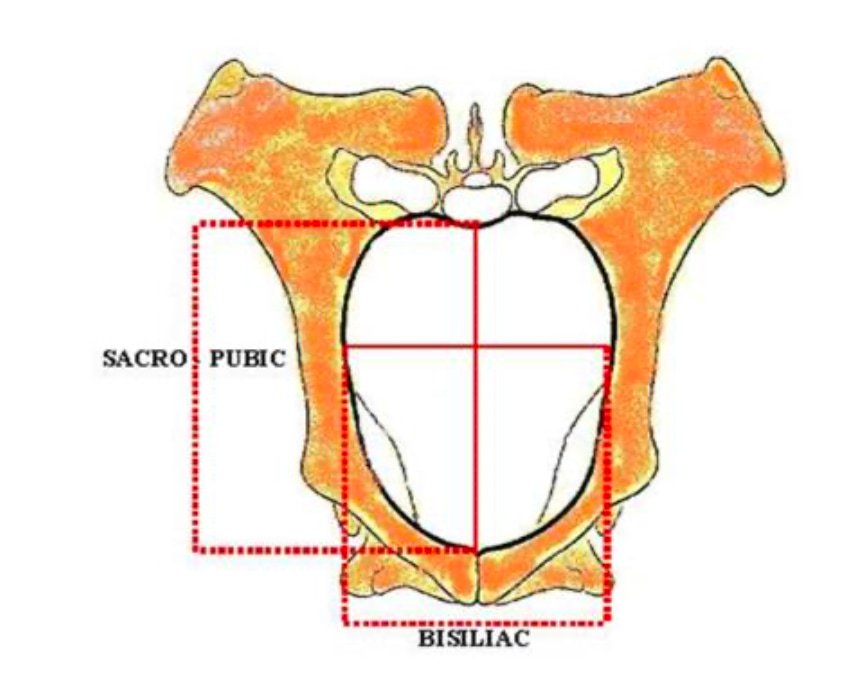TABLE OF CONTENTS
Infertility due to Acquired Abnormalities
Infertility due to acquired abnormalities in animals like lesions of various reproductive organs and affection of accessory glands.

Lesions of the Ovary
Ovaro Bursal Adhesion
- Ovaro bursal adhesions occur more commonly than is generally assumed or diagnosed. Occur most frequently between the ovary and the ovarian bursa.
- Incidence reported 0.43 to 46%.
- 25 to 50% are bilateral.
- Likely to interfere with ovulation or to impede sperm or egg transport.
- Occlusion of secretions in the oviduct leading to distension-hydrosalpinx
- Cystic enlargement infected with A. pyogenes produce pyosalpinx.
Causes of Ovaro Bursal Adhesion
- Uncommon in heifers but its incidence increases with the age of the cow.
- Most likely cause-puerperal infection from ascending infection or perimetritis.
- Rough palpation of ovaries, manual enucleation or corpus luetum, ovarian cysts.
- Intra uterine infusion of large volumes of irritants like Lugol‘s iodine especially under high pressure.
- As a physiological hazard-a strand like adhesion may originate from haemorrhages at the site of ovulation.
- May occur as a part of widespread peritonitis, tuberculous peritonitis.
- Possible mycoplasma infection.
- Unknown cause.
Diagnosis of Ovaro Bursal Adhesion
In live animal it is difficult and may be impossible.
Rectal examination:
- Only one third to one half of the lesions are diagnosed by rectal palpation.
- Examination of bursa and fallopian tube as described earlier reveals adhesions or enlargement of salpinx.
- In gross cases the ovarian outline is more bulky and irregular and the ovarian mass lacks mobility.
Other methods for diagnosis of Ovaro Bursal Adhesion:
- Endoscopic examination
- Uterine tube patency test (Phenolsulphonphthalene (PSP) test)
Phenolsulphonphthalene (PSP) test
The dye deposited in the uterus, if the tubes are patent, excapes into peritoneum form where it is quickly absorbed and excreted through the urine.
- 20 ml of a 0.1% sterile solution of PSP is infused into the uterine lumen using a catheter.
- Trauma to the endometrium is avoided.
- The bladder is then catheterized and a small sample of urine kept for a control.
- A urine sample is then collected 30 – 60 minutes later.
- To 10ml of urine, 0.2 ml of 10% trisodium ortho phosphate buffer is added to make the urine alkaline.
- In the presence of PSP the liquid becomes red or pink – which indicates that the tubes are patent.
- In the absence of PSP the urine remains same colour as the control which indicate that the tubes are blocked.
- The test should be performed during the lutcal phase of cycle preferably about day 10.
- Foley type embryo flushing catheter can be used to check each horn separately.
Tumours of the Ovary
- Granulosa cell tumours are the commonest neoplasm of the bovine ovary but carcinomas, fibromas, thecomas and sarcomas have also been described
- Most of the large and cystic neoplasms of the bovine ovary reported in pregnant as well as non-pregnant cattle are granulosa cell tumours.
- In the early stages of the tumour it presumably secretes estrogen, for the affected animal is often nymphomanical.
- Later, most of the tumour tissue undergoes luteinization and then anestrus usually occurs. Virilism has been reported in long-standing cases.
Para Ovarian Cysts
Paraovarian cysts, vestiges of the Wolffian or Mullerian duct system have been occasionally found in the broad ligament of the cow around the ovary and oviduct but reports are less common in the cow when compared to dog, sheep and horse.
They may be 0.5 to 2 or more inches in diameter and round or oval in shape located most commonly near or in the fimbria of the oviduct.
Ovaritis, Inflammation or Infection of the Ovary
Inflammation or infection of the ovary may occur secondary to an ascending infection from the uterus by extension of infection through the uterine walls causing a peritonitis and perimetritis, trauma produced by rough handling or massage of the ovary.
Enucleating the corpus luteum or manual rupturing of cysts may lead to formation of star shaped or transverse scars on the ovary.
Adhesions of the Uterus
Adhesions of the uterus to the omentum, intestines or abdominal will may follow cesarean operation.
- May accompany ovaro bursal disease
- May follow delayed uterine involution or metritis
- Frequently associated with sterility
Tumours of the Female Genital Organs
Granulose cell tumours are the commonest neoplasms of the ovary and carcinomas, fibromas, thecomas and sarcomas are also described.
- Most of the large and cystic neoplasms of the bovine ovary are granulose cell tumours
- Secrete estrogen, affected animal is often nymphomaniacal.
- Later undergo luteinization characterized by anestrus.
- In long standing cases virilism may occur.
- Tumours of the uterus and the cervix are rare.
- Fibropapilloma of the vagina and the vulva are not uncommon.
Lesions of the Oviduct
Ovarobursal Adhesions
- Lesions between the ovary and the ovarian bursa are known as ovarobursal adhesions.
- The extent of the adhesions may vary and may consist of fine web-like strands in the depth of the bursa which does not involve the uterine tube while in others the ovary may be completely enveloped by the bursa.
- Conception is unlikely to occur due to ovulations from the affected side.
- Where there are extensive adhesions of the bursa with the ovary, ovulation may not occur and the follicle undergoes luteinization.
- In some cases ovarian cysts can develop. The condition is rarely seen in heifers but its incidence increases with the age of the cow.
Hydrosalphinx and Pyosalphinx
- Hydrosalphinx has been reported secondary to segmental aplasia of the paramesonephric duct or to adhesions of proximal and distal portions of the oviduct.
- The oviduct gets distended to a diameter of 0.5 to 1 cm or more with clear watery mucus and may appear as elongated, coiled, thin walled and fluctuating on palpation.
- Pyosalphinx, commonly associated with extensive adhesions of the mesosalphinx and mesovarium may follow severe uterine infection.
- The condition is less common than hydrosalphinx. In pyosalphinx, extensive perimetritis is not unusual.
Lesions of the Uterus
Adhesions of the Uterus and Parturient Trauma of the Tubular Genital Tract: A troublesome sequel to the caesarean operation is adhesion of the uterus to the omentum, rectum, intestines or abdominal wall which is frequently associated with sterility.
Dystocia due to fetal oversize is common in cattle, particularly in the Friesian breed. Delivery of large calves by heavy traction frequently damages the birth canal to such an extent that the animal is rendered sterile.
Endometritis
- Endometritis due to uterine infection and secondary inflammation has been shown to be a cause for infertility in cattle. The condition has been dealt in detail in the module on specific and non specific infections of the reproductive tract.
- Pyometra
- Mucometra or Hydrometra
- Perimetritis and Parametritis
- Abscess of the Uterine Wall
Lesions of the Cervix, Vagina and Vulva
- Cervicitis and Vaginitis
- Tumours of the Cervix, Vagina and Vulva
- Parturient Laceration or Bruising of the Vulva
- Rupture of the Perineum
- Cirrhosis of the Cervix
- Gross Fibrosis of the Vagina

